Hyundai Palisade (LX2): Manual climate control system / Rear climate control
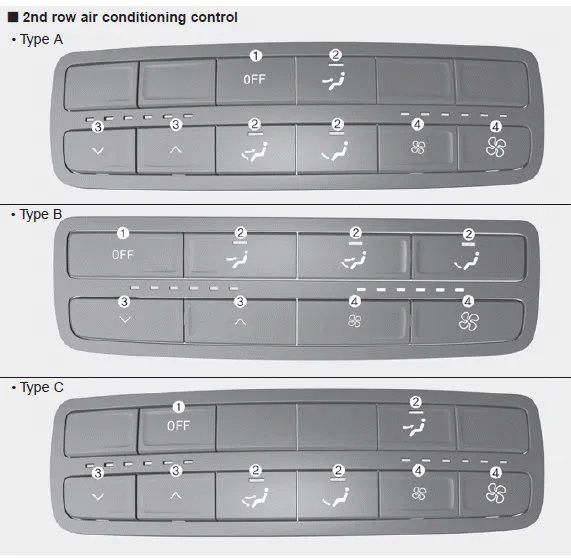
1. OFF button
2. Mode selection button
3. Temperature control button
4. Fan speed control button
If you press the rear climate control button of the front climate control system, rear passengers can control the rear climate system by using the rear climate control system.
Fan speed control
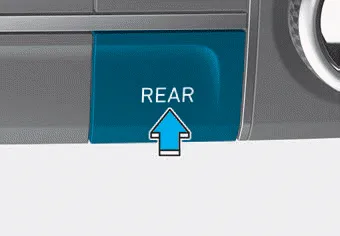
1. Press the rear climate control button of the front climate control system.
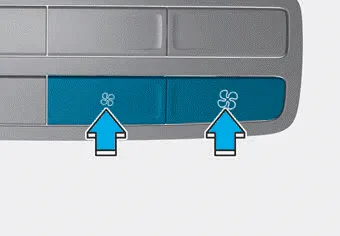
2. The fan speed can be set to the desired speed by pushing the fan speed control button. The higher the fan speed is, the more air is delivered.
Pressing the OFF button turns off the fan.
Temperature control
1. Press the rear climate control button of the front climate control system.
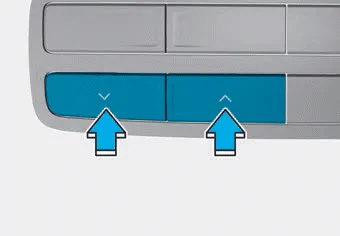
2. To turn off the 3rd row air conditioning control system, press the 3rd row air conditioning ON/OFF button once more located on the front climate control panel or set the fan speed to the OFF position with the 3rd row fan speed switch (indicator light on the ON/OFF button is not illuminated).
OFF mode
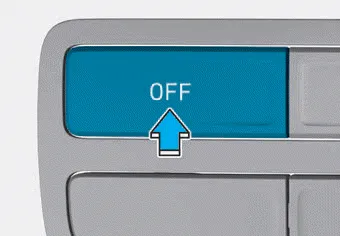
Push the OFF button to turn the rear climate control system off.
Mode selection

You can select the direction of the air flow through the ventilation system.
You can adjust the front climate control system for heating or cooling to passengers on 2nd row seats. The air flow is directed from the floor.

: Air flow is directed toward the upper body from the rear headliner.

: Air flow is directed toward the upper body and the floor.

: Air flow is directed toward the floor.
Rear vents on the headliner

The rear passengers can adjust the direction of air flow from the rear vents on the headliner.
If you operate the rear climate control with rear vents closed, a noise may sound. When operating the rear climate control, open two or more rear vents.
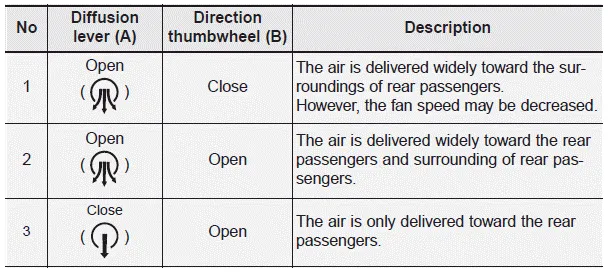
1. Start the engine. 2. Set the mode to the desired position. To improve the effectiveness of heating and cooling, select the mode according to the following: - Heating: - Cooling: 3.
Cooling / Ventilation 1. Select the Face Level mode. 2. Set the air intake control to fresh mode. 3. Set the temperature control to the desired position.
Other information:
Hyundai Palisade (LX2) 2020-2025 Service Manual: Description and operation
Description Blind-Spot Radar is a system that measures the relative speed and distance from the following vehicles by using two electromagnetic wave radar sensors attached to the rear bumper, and detects any vehicle within the blind spot zone and gives off alarm (visual and auditory).
Hyundai Palisade (LX2) 2020-2025 Service Manual: Troubleshooting
Troubleshooting 1) After replacing H/UNIT, always check that the system operates properly. 2) If the failure persists after replacing the H/UNIT, do not replace the unit.
Categories
- Manuals Home
- Hyundai Palisade Owners Manual
- Hyundai Palisade Service Manual
- Resetting the Driver's Seat Memory System
- Emergency liftgate safety release
- Lift and Support Points
- New on site
- Most important about car
